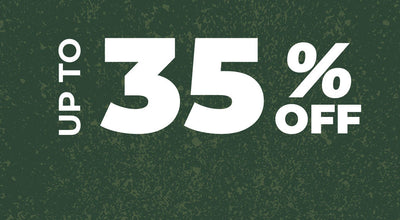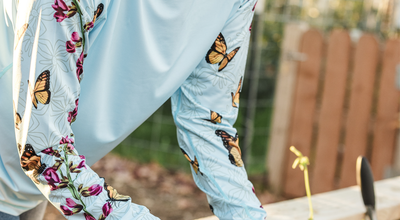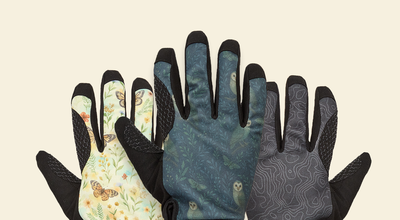How to make your own Gardening Soil
One thing we cannot garden without is soil. Sometimes, there might be some success in digging a hole, throwing some seeds inside, and waiting for them to grow, but growing your desired garden requires a delicate science.
If you have a yard or access to just plain old dirt some other way, that’s a great start. Typically, the dirt in our yards is too dense or lacks vital nutrients for our garden to succeed. For this reason, we can add some of your yard's natural topsoil to a classic soil-based mix.

Here is what a Classic Gardening Soil-Based Mix consists of:
Classic Gardening Soil-Based Mix
- 1 part topsoil
- 1 part mature compost
- 1 part clean sand or perlite
Note: Topsoil can be substituted for garden loam if unavailable, and compost for peat moss.
If you’re going strictly raised bed, and you don’t have topsoil easily accessible, here is one popular mix:
Raised-Bed Soil Mix
- 1 part compost
- 1 part peat moss
- 1 part course vermiculite
Directions:
Mix the soil, and have it ready before you begin to place ingredients into a bed or area in the ground.
Make sure there are no concentrated pockets of peat, manure, or other ingredients.
It’s also best to perform the mixing process somewhere sterile to avoid condiments. A tarp can be good for this.

Now that everything is in place, you have the option of adding some nutrients and minerals. Like us, plants depend on these vital ingredients to survive.
Essential nutrients you can add
- Neem
- Karanja cake
These are both for good aeration and nitrogen supplements.
- Kelp meal
- crab meal (a half cup per cubic foot max)
These two help with aeration and drainage, phosphorus, nitrogen, calcium, and chitin. You should only add half a cup per cubic foot of soil.
Once the nutrients are present, it’s time to add minerals.
Mineral-rich ingredients you can add
- Basalt (magnesium, calcium, and iron,
- Gypsum (absorb moisture)
- Oyster Shell Flour (more calcium and micronutrients)
You can mix all these together and then add them to your soil.
Note: not all nutrients and minerals are necessary, but they can significantly increase the richness of your soil.
Compost
Compost is an integral part of making your own soil. So if you’re not interested in buying compost, here are some crucial bits of information.
If you’re wondering what to make your own compost mix of, here’s a list of dos and don’ts:

Yes
- Eggshells (crushed)
- Grass Clippings (dried)
- Hay (including salt hay)
- Leaves
- Newspaper (shredded)
- Old sod
- Reject or spoiled garden produce
- Stable or poultry manure
- Tea bags
- Vegetable and fruit peels
Some of these are okay
- Coffee grounds
- Corn cobs
- Hedge trimmings
- Peanut shells
- Pine needles
- Sawdust
- Shredded bark
- Shredded twigs
- Straw
- Wood shavings
No, never
- Bakery products
- Cat or dog manure
- Cheese
- Dairy products
- Diseased or pest-laden materials
- Grease
- Kitchen scraps
- Meat or bones
- Whole eggs
Tips for collecting compost
Mow the leaves
Mow fall leaves after collecting them. This will help them break down faster. After first piling them, store them somewhere besides your main compost pile and add them incrementally.
Dry the grass
If you’re collecting grass for your compost, ensure it is dried. Store the grass elsewhere before adding it to the compost. If material is wet, it packs down in clumps preventing air from entering the pile, and then it rots and smells. Try laying grass on a tarp in the sun and wait until it is light brown before mixing.
Mix it up
For the best quality compost, make sure to mix and turn the compost regularly. Ideally, you have two compost heaps going at the same time.
This is where you can apply some of the same logic as before with the dried leaves and grass. It would help if you had your pile to breathe, so mix in dryer items with some of the others that are moist to balance things out.
One of the most significant benefits of making your own soil is the control that it gives you. By choosing the ingredients yourself, you can see what’s working in the garden and what’s not.












